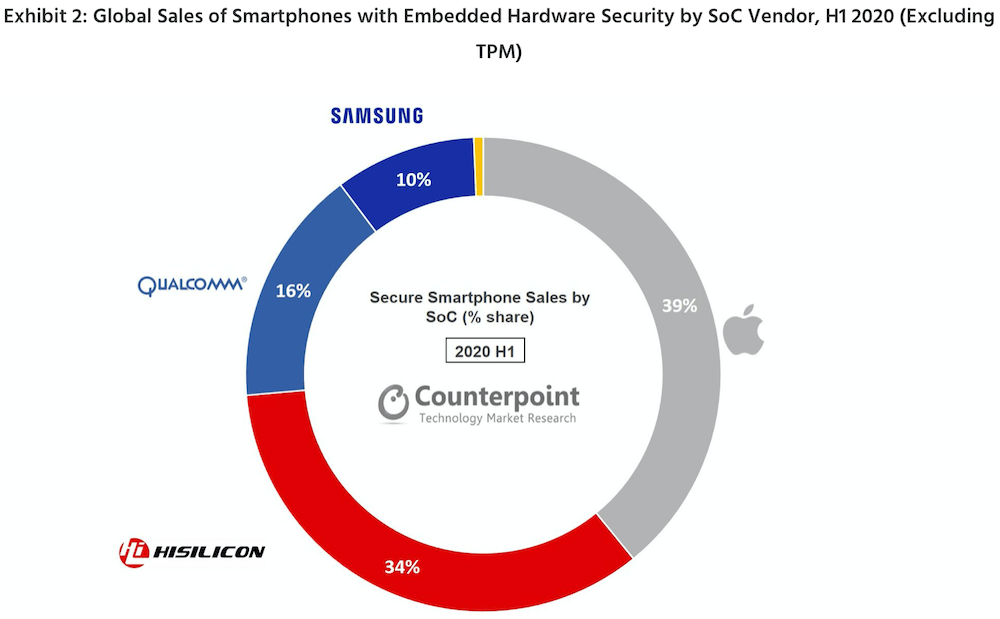Apple also leads on smartphone hardware security

Image c/o: Photo by GotCredit
Critics on other platforms may want to whisper about it yet another way Apple led the evolution of the mobile industry was when it took the decision to invest in embedded hardware security on smartphones in the form of the Secure Enclave.
This was once again the start of a trend.
Apple’s shining path
Counterpoint tells us hardware security was baked inside 35% of all smartphones sold globally in 2020 and is expected to grow this year. In terms of hardware secured smartphone sales, Apple led this section of the business with 39% share.
The report also notes that while smartphone sales declined, Apple’s share of the hardware secured market grew – no surprise given Apple shored up the entire industry across the year.
Both Apple and Huawei implement embedded hardware security through a secure element, while Samsung uses a physically unclonable function (PUF).
Hardware security is now being put in place across mid-range smartphones, proving security should not be a premium feature.

Counterpoint data o secure hardware
Why?
There are really, really good reasons to want on-board security on your mobile devices. Analyst Parv Sharma says it for me:
“Smartphones have become vulnerable to attacks. We use them for banking, financial transactions, biometrics, user data and even as digital keys for smart homes and automobiles. Therefore, the need for hardware security in smartphones is stronger than ever.”
This isn’t just about securing your digital and digital financial property, hardware-based security also gives users much better control over device privacy, which we also know to be under attack.
Counterpoint Research Vice President Neil Shah said:
“Hardware-backed security (strong box) means that keys are stored in the secure element, which is a separate microchip., a trusted execution environment (TEE) is a secure area of the main processor which runs its OS and communicates with the main OS via a restricted interface. The strong box approach is more secure. Chipset OEMs have embedded eSE their SoC. Apple’s portfolio for 2020 has an embedded secure element in the A Series chipsets. Apple led the secure chipset market with 39% share in H1 2020.”
Now as mid-range manyfacturers choose to deploy on-device security offerings from the likes of Qualcom and others, it continues to become clear the impact Apple has had within the industry. In my opinion, anyway.
Please follow me on Twitter, or join me in the AppleHolic’s bar & grill group on MeWe.




